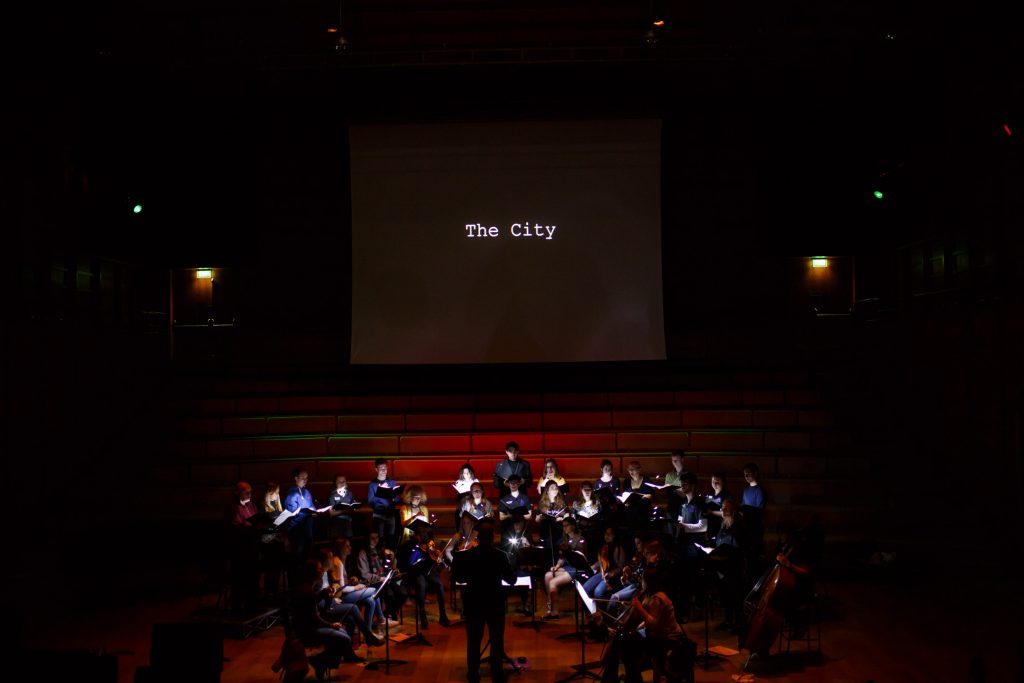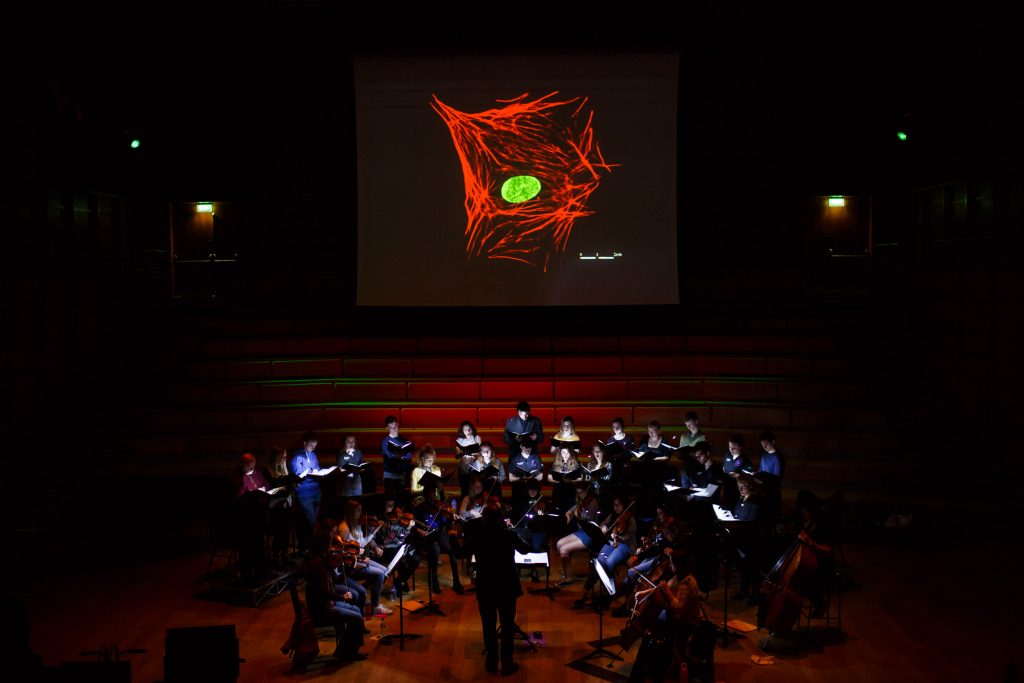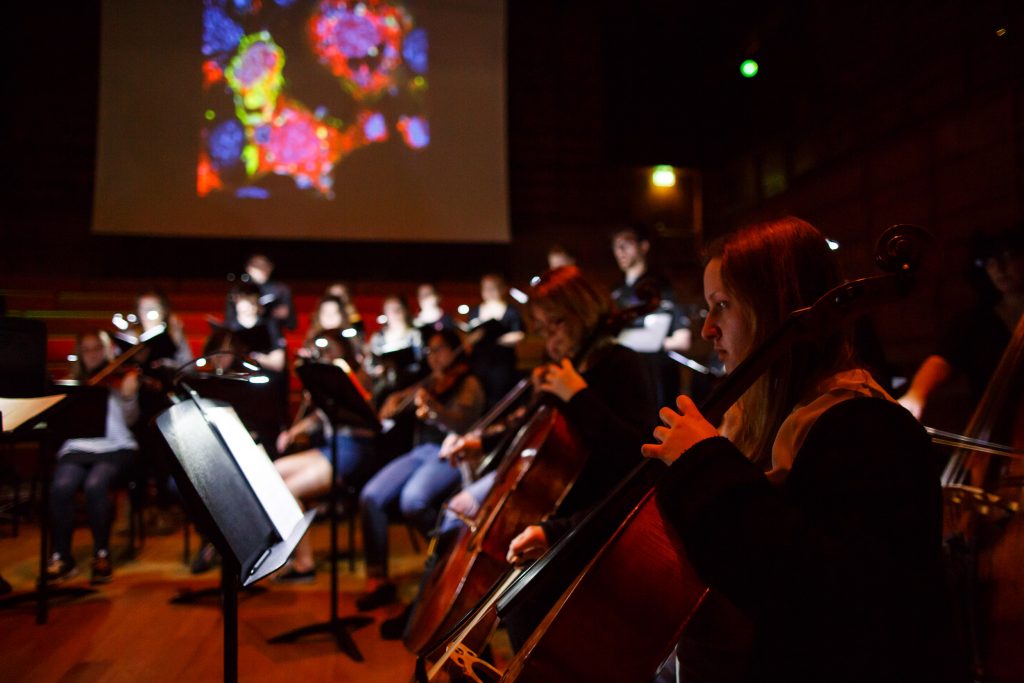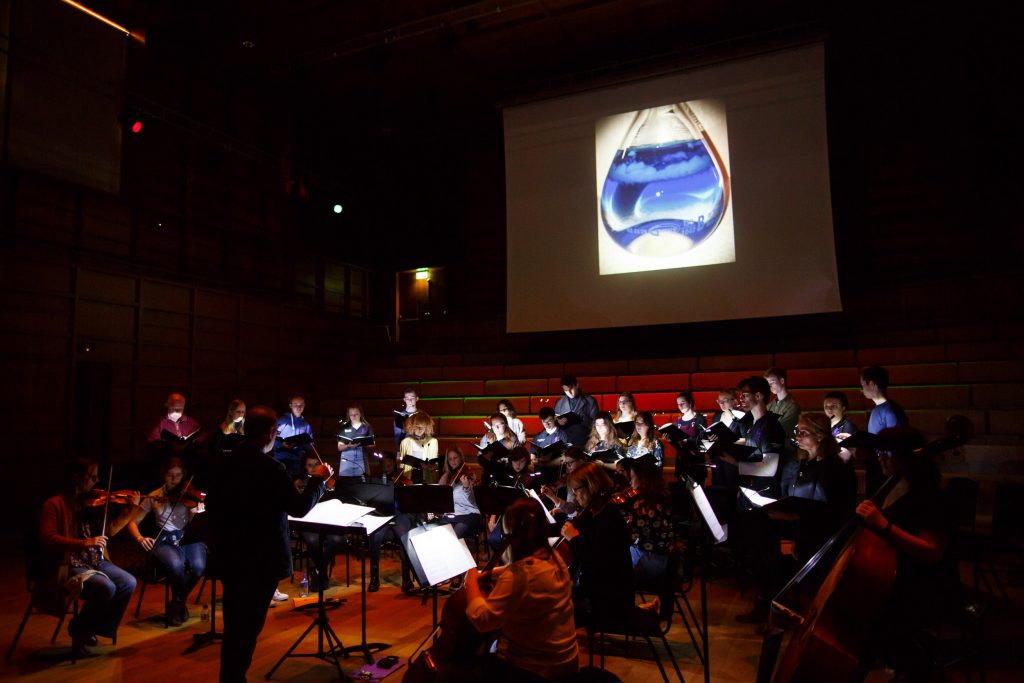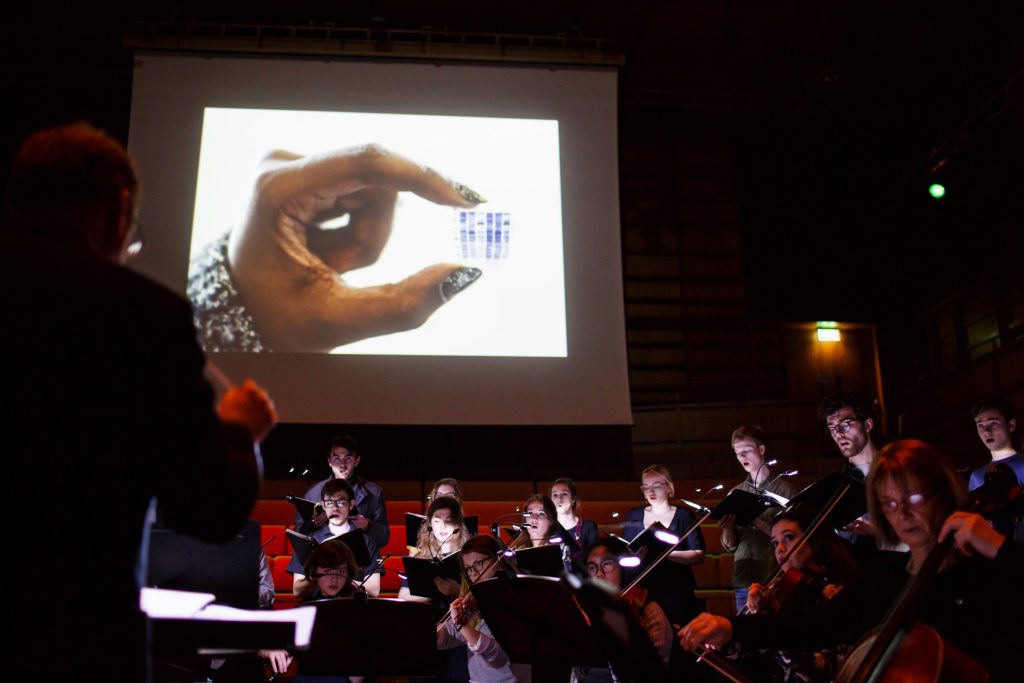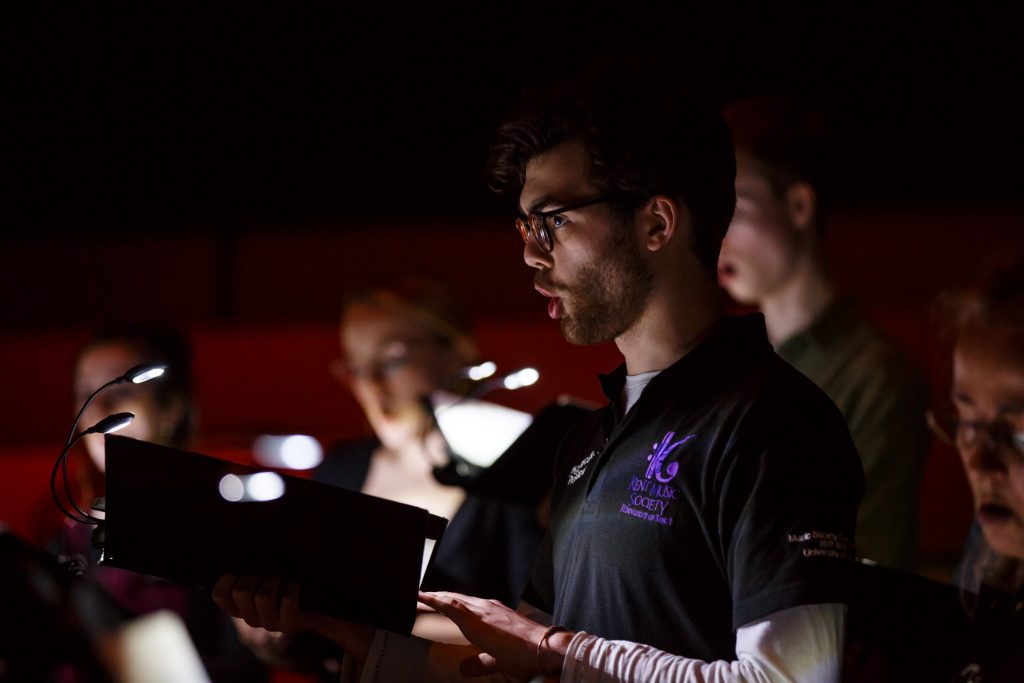I’m very pleased to say that our upper-voice chamber choir, Minerva Voices, has risen from the ashes like a phoenix this year, and is currently rehearsing ahead of a concert in March.

Minerva Voices at the University of Kent
 Following on from auditions at the start of term, the upper-voice choir comprises undergraduate and post-graduate singers, and this year is working on some wonderfully colourful repertoire, including a new piece by Russell Hepplewhite, which is part of an anthology recently published by OUP, As You Sing. Russell’s piece, Fly away, over the sea, is a gorgeously-flowing setting of a poem by Christina Rossetti, and the choir has already begun working on it as part of its programme for March. The concert will also include the evocative Tundra by Ola Gjeilo, and movements from Vivaldi’s enduringly fresh-faced Gloria, in an arrangement which reflects how the work might originally have been performed at the orphanage in Venice, where Vivaldi was working at the time, for which the choir will be joined by members of the String Sinfonia.
Following on from auditions at the start of term, the upper-voice choir comprises undergraduate and post-graduate singers, and this year is working on some wonderfully colourful repertoire, including a new piece by Russell Hepplewhite, which is part of an anthology recently published by OUP, As You Sing. Russell’s piece, Fly away, over the sea, is a gorgeously-flowing setting of a poem by Christina Rossetti, and the choir has already begun working on it as part of its programme for March. The concert will also include the evocative Tundra by Ola Gjeilo, and movements from Vivaldi’s enduringly fresh-faced Gloria, in an arrangement which reflects how the work might originally have been performed at the orphanage in Venice, where Vivaldi was working at the time, for which the choir will be joined by members of the String Sinfonia.
There’s a particularly wonderful homogeneity to a choir of women’s voices, and the concert will reflect the different colours which various composers distil from the ensemble. You can come and hear the results for yourself on Weds 13 March, 2019, when Minerva Voices takes to the stage in the concert-hall for what promises to be a ravishing programme of choral music…


